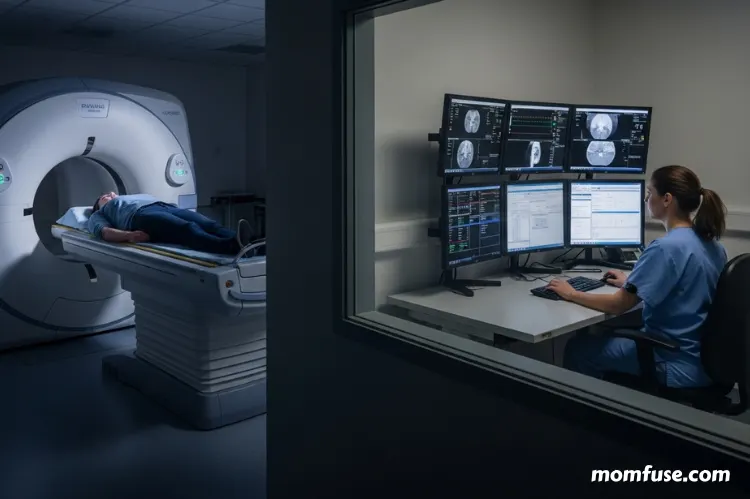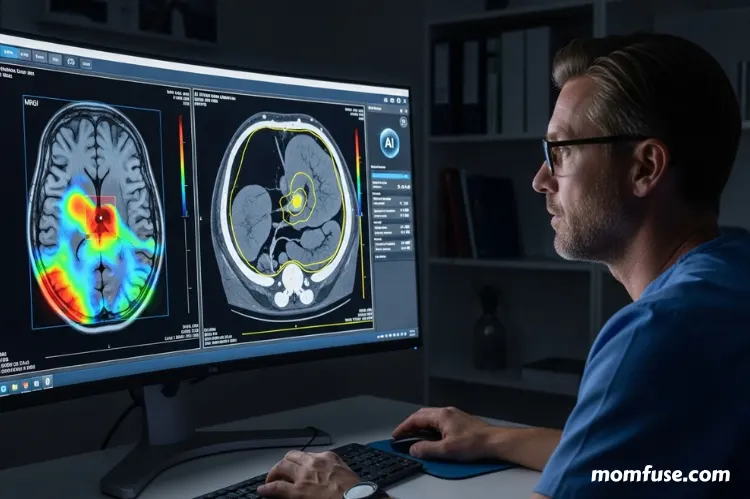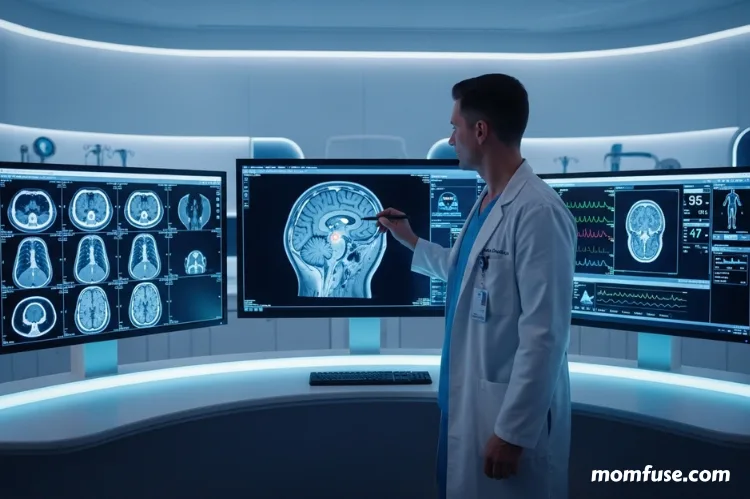Advances in medical imaging have transformed diagnostics, offering clearer insights into the human body than ever before. Modern scanning methods allow clinicians to detect disease earlier, track progression, and tailor treatments with precision.
Technologies such as MRI, CT, ultrasound, PET, and molecular imaging provide detailed structural and functional information, supporting informed decision-making. Understanding these tools highlights how innovation shapes patient care, improves accuracy, and expands possibilities across multiple medical specialties.
Magnetic Resonance Imaging and Its Expanding Role

Magnetic Resonance Imaging has become a cornerstone of modern medical diagnostics, offering detailed views of the body’s soft tissues without exposing patients to radiation. Hospitals and clinics now provide MRI services across multiple specialties, enabling neurologists, orthopedists, and cardiologists to access high-resolution imaging for more accurate evaluations. Innovations have increased the speed and clarity of scans, while functional MRI allows doctors to observe brain activity and assess cognitive function in real time.
MRI continues to play a key role in detecting tumors, spinal injuries, and joint disorders, giving clinicians comprehensive information to support informed treatment decisions and improve patient care outcomes.
Computed Tomography and the Rise of 3D Imaging

Computed Tomography, better known as CT, has transformed from a basic cross-sectional imaging technique into a multidimensional tool that maps internal structures with remarkable accuracy. Modern CT scanners capture images in seconds, minimizing discomfort for patients and improving diagnostic efficiency.
The development of 3D reconstruction technology allows radiologists to rotate and analyze anatomical regions from multiple angles, which helps in complex surgical planning and trauma assessment. Low-dose CT has become crucial in lung cancer screening, balancing safety with effectiveness.
Ultrasound Advancements in Real-Time Imaging

Ultrasound remains one of the most widely used and safest imaging modalities in the world. Its reliance on sound waves rather than radiation makes it suitable for all age groups and for sensitive cases like pregnancy. Modern advancements have made ultrasound machines more compact and sophisticated, offering higher resolution and faster frame rates.
Doppler imaging enables real-time tracking of blood flow and organ movement, while elastography assesses tissue stiffness to detect early signs of disease. Portable ultrasound devices now allow for bedside and remote assessments, expanding accessibility in hospitals and community clinics. These developments continue to strengthen ultrasound’s role as a frontline diagnostic method across multiple medical specialties.
Positron Emission Tomography and Functional Scanning

Positron Emission Tomography, or PET scanning, represents a leap forward in understanding how the body functions at a molecular level. PET scans reveal metabolic activity and chemical processes. This capability makes it invaluable in oncology for detecting cancer spread and assessing treatment effectiveness.
When combined with CT or MRI, PET imaging provides anatomical and functional information in a single session. It plays a significant role in cardiology and neurology in evaluating heart muscle vitality and mapping brain disorders like Alzheimer’s. By visualizing how cells use energy, PET scans help clinicians pinpoint disease activity before structural changes become visible, leading to faster interventions.
Digital Imaging and Artificial Intelligence Integration

The integration of digital imaging with artificial intelligence has revolutionized diagnostic interpretation. AI algorithms now assist radiologists in identifying patterns and anomalies that may be difficult to detect with the human eye. These systems analyze large datasets from CT, MRI, and X-ray images, improving diagnostic accuracy and reducing human error.
Machine learning applications are being trained to recognize early signs of cancer, cardiovascular disease, and stroke, providing critical decision support. Cloud-based imaging storage allows for seamless collaboration among specialists across regions, improving accessibility to expert opinions. The combination of AI and imaging accelerates diagnostics and helps predict outcomes, marking a new era in precision medicine.
Molecular Imaging and Personalized Diagnosis
Molecular imaging is at the forefront of personalized healthcare, targeting specific cellular processes to provide detailed insight into disease mechanisms. This method often uses specialized tracers or biomarkers to visualize how individual molecules behave inside the body. It is particularly useful in oncology, where it can identify cancerous cells before they form detectable tumors.
Beyond cancer, molecular imaging contributes to cardiovascular research and drug development by showing how therapies interact with tissues. Its personalized approach means that treatment plans can be tailored to each patient’s biological profile, improving success rates.
Modern scanning methods have reshaped healthcare, combining technology and medicine to enhance diagnostic accuracy. These tools reveal structural and functional details that guide treatment and improve outcomes.
As imaging continues to evolve with AI and molecular techniques, clinicians can detect conditions earlier and provide personalized care. The integration of advanced scanning technologies ensures that patients receive more precise evaluations, timely interventions, and informed treatment plans, marking a significant step forward in the quality and effectiveness of modern medical diagnostics.
Read Next: A Guide to Caring for a Loved One Who Has Cancer

